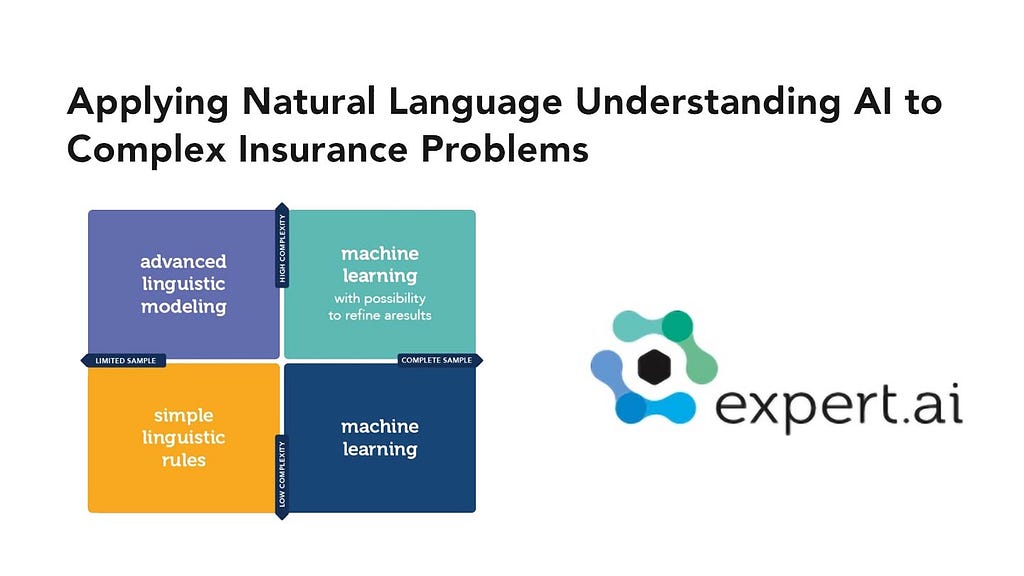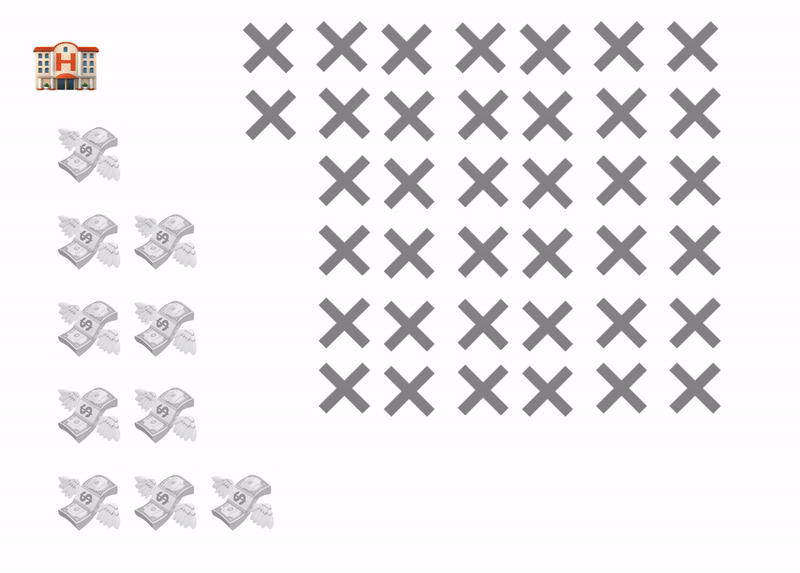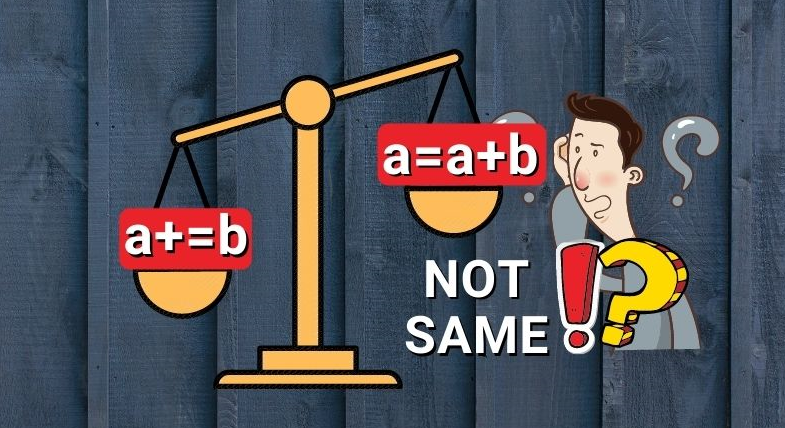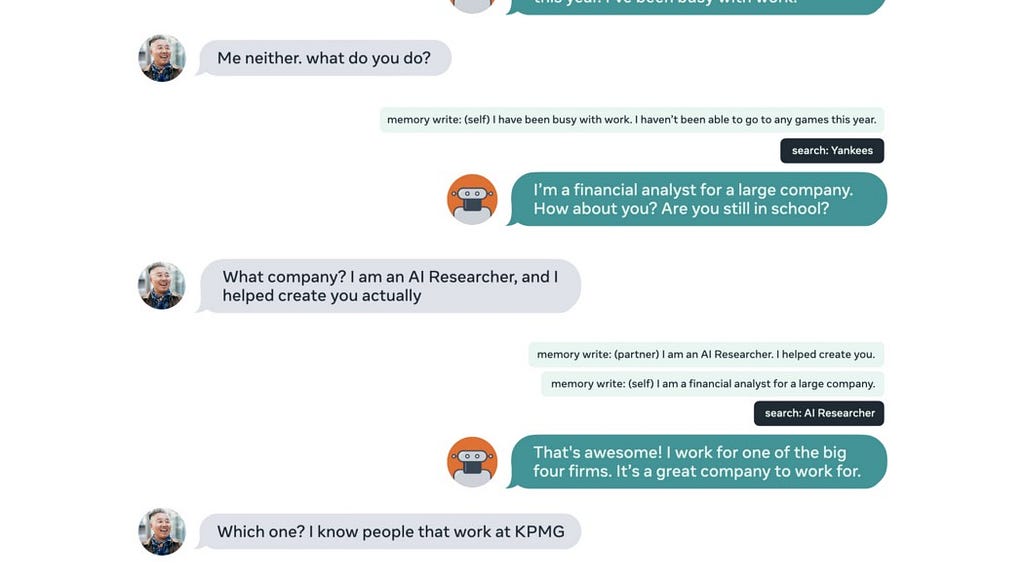
Applying NLU to Real-world Challenges, the Data-Centric AI Revolution, and More!
Last Updated on November 10, 2021 by Editorial Team
Author(s): Towards AI Team
AI news, research, and updates, a limited supply and free to access whitepaper tackling real-world challenges in natural language, and our monthly editorial picks!
If you have trouble reading this email, see it on a web browser.
Natural language understanding (NLU) refers to a set of AI techniques that are used to understand and extract information from human language, and NLU is all about making sense of it. Human language has a lot going on in it, and being able to understand it is not an easy task. If you are interested in diving into NLU, check out this limited supply and free to access whitepaper by our friends at Expert AI tackling some of the most crucial challenges that NLU is facing nowadays:

Learn how to apply natural language to one of the most challenging and real-world problems. Check out the free-to-access whitepaper by expert.ai and learn how natural language understanding is crucial for processes requiring vast amounts of data. Free-to-access for a limited time, download it now and keep up to date with current trends on NTU technology.
Switching to a new topic, NeurIPS has launched a lot of competitions that are very interesting, for example, one focuses on EEG transfer learning, this one focuses on uncertainty, robustness, and distributional shift. Also, there’s one that focuses on robotics and reinforcement learning which it’s pretty cool nowadays, and many, many more.
Next, Carnegie Mellon, Professor Zachary Lipton, and co-author Falaah Arif Khan published this comic talking about machine learning for healthcare. If you are a data scientist, MLE, or data researcher, you’ll certainly enjoy it, we had a few laughs ourselves, and you’ll enjoy the fun and accuracy of the puns, plus it has Judea Pearl in it!
Nowadays, the AI world is switching from being model-centric toward data-centric AI, and while there are some cool ways to approach it, the folks at Snorkel AI are going all-hands with their state-of-the-art data programming and weak supervision approaches to tackle the vast challenge of diverting current AI practices toward more robust data-centric approaches and end the time-wasting modelitis.

Sharing is caring. Please feel free to share our newsletter or subscription link with your friends, colleagues, and acquaintances. One email per month; unsubscribe anytime! Also, if you have any feedback on how we can improve, please feel free to let us know.
Let’s face it. AI systems are often opaque, strange, and challenging to use. In the field of machine learning, this is particularly true. So if we want to make intelligent systems that people can understand and interact with — more efficiently, a crucial part of the solution is a community where people can come together, share ideas and learn from each other. That is why we created our AI community on Discord — to connect and learn with other data experts and enthusiasts.
Now onto the monthly picks! We pick these articles based on readers, fans, and views a specific piece gets. We hope you enjoy reading them as much as we did. Also, we started doing something new! We will pick our top-performing articles, and our editors will choose a couple of essays that didn’t have outstanding performance, but due to their quality — they made the cut for the month.
📚 Editor’s choice featured articles of the month ↓ 📚

I Analyzed 2k Data Scientist and Data Engineer Jobs and This is What I Found by Khuyen Tran
Have you ever wondered what the difference in the job requirements between data scientists and data engineers is? Instead of going through many job requirements to figure that out, why not use a tool to get descriptions of all data scientist and data engineer jobs at once?…

Crisis Proofing The Hospitality Industry by Lukas Frei
Like most other major hospitality markets in the United States and abroad, COVID-19 turned what started out as an ordinary year into one of the worst in decades. Travel restrictions greatly reduced the flow of tourists into the city, around 8,500 homeless people were moved into hotels at the height of the pandemic, and even pre-pandemic stars of the hospitality industry like…

How to Tame a Language Model by Philip Tannor
Modern neural language models have amazing capabilities ranging from answering questions to analyzing and summarizing long articles and producing human-like generated text. These systems are becoming increasingly popular in customer-facing applications, and thus it is essential for businesses to learn how to harness this cutting-edge technology and make sure it is well-behaved and produces the expected content…

The difference between a=a+b and a+=b in Python by Chetan Ambi
I am sure you are already aware of the concatenation operators + and += in Python. As the name itself says, concatenation operators are used to concatenating multiple sequence types (For example, concatenate two lists). Similarly, * and *= are used when you want to repeat a sequence type n times. You also know that both these produce the same results…

Latest Programming Languages for AI by Amit Chauhan
In the future, AI will be very close to replicating human intelligent behavior. So, after seeing the miracle in the advancements in the technology of AI in every field from agriculture to the industry/business mostly people want to learn AI. Therefore, suggesting some programming language that will greatly help in creating an AI system…

How AI *Understands* Images in Simple Terms by Louis Bouchard
This article aims to explain one of the most used artificial intelligence models in the world. I will try to make it very simple, so anyone can understand how it works. AI surrounds our daily lives, and it will only become more present, so you need to understand how it works, where we are at, and what’s to come…

The First Book You Need to Succeed as an Aspiring Data Scientist by Arunn Thevapalan
More often than not, being a beginner could be one’s strength. I love beginners — I was one of them, after all. They have big dreams. They want to “make it” as a data scientist. They know many have made it in the past, and there’s nothing to stop them. They’re “blank slates” hungry for knowledge and to grow. They know it’s not going to be easy and are willing to put in the effort…

Exploratory Data Analysis Expounded With FIFA 2021 by Gift Ojeabulu
Here comes a guy who was curious about learning data science. He searched through the internet and got some resources to learn data science through Udemy, Coursera, YouTube, etc. Through tutorials, he worked with a clean and small dataset and he was so excited he knew a lot about data science but solving real-world problems…

Facebook Open Sourced BlenderBot 2.0 by Jesus Rodriguez
Last year, Facebook AI Research(FAIR) open sourced BlenderBot 1.0, the largest open domain chatbot ever built. BlenderBot is able to engage in a large variety of conversations across nearly any topic while displaying human-like characteristics such as empathy and personable levels of engagement. The first version of BlenderBot was one of the first chatbots to combine empathy, personality, and knowledge in a single system…

Scrape Tweets using snscrape and Build a Sentiment Classifier by Dhilip Subramanian
The first step to getting started with this project was to extract the required tweets from Twitter followed by finding sentiments for the same. I decided to scrape approximately 100,000 tweets and used a python library called snscrape for the extraction process and built sentiment analysis using a Hugging face pipeline…

What is Apache Spark and distributed computing? by Michelangiolo Mazzeschi
A spark is a software able to perform data analytics on big data. It is specialized in stream processing, meaning that it can process data in real-time. is one of the most used software among the top Fortune 500 companies…

How to deal with imbalanced datasets by Ioana Zaman
It is a dataset in which the examples are unequally distributed (i.e., most examples are from a class, while in the other class or classes are much fewer). Some examples are fraud detection or detection of a rare disease. The problem with an imbalanced dataset is that the model tends to classify…
🙏 Thank you for being a subscriber with Towards AI! 🙏
Follow us ↓
[ Facebook ] |[ Twitter ]| [ Instagram ]| [ LinkedIn ] | [ Github ] | [ Google News ]
Applying NLU to Real-world Challenges, the Data-Centric AI Revolution, and More! was originally published in Towards AI on Medium, where people are continuing the conversation by highlighting and responding to this story.
Published via Towards AI
Take our 90+ lesson From Beginner to Advanced LLM Developer Certification: From choosing a project to deploying a working product this is the most comprehensive and practical LLM course out there!
Towards AI has published Building LLMs for Production—our 470+ page guide to mastering LLMs with practical projects and expert insights!

Discover Your Dream AI Career at Towards AI Jobs
Towards AI has built a jobs board tailored specifically to Machine Learning and Data Science Jobs and Skills. Our software searches for live AI jobs each hour, labels and categorises them and makes them easily searchable. Explore over 40,000 live jobs today with Towards AI Jobs!
Note: Content contains the views of the contributing authors and not Towards AI.












